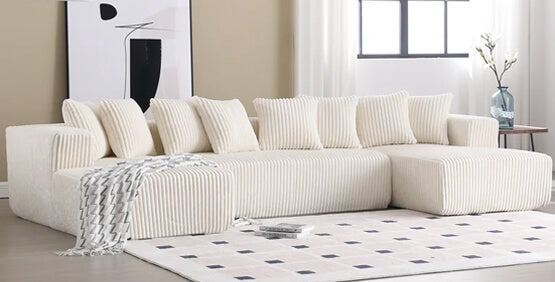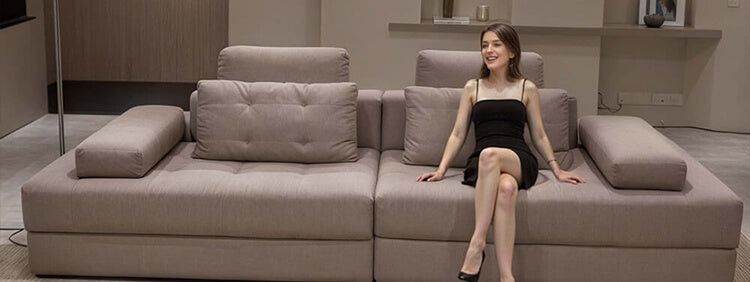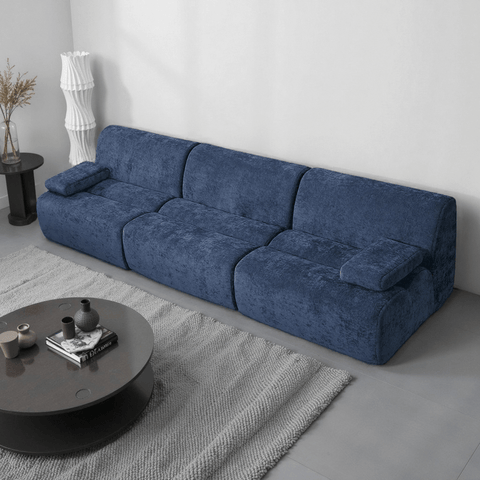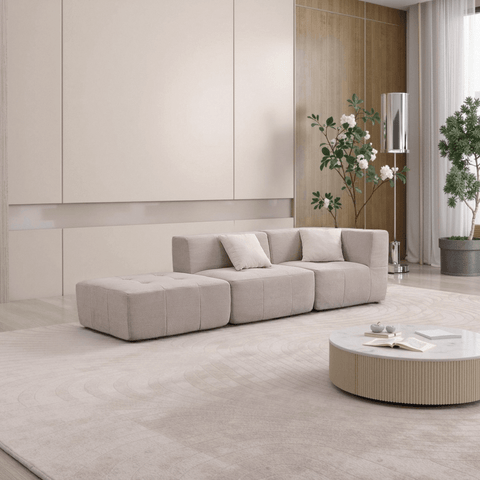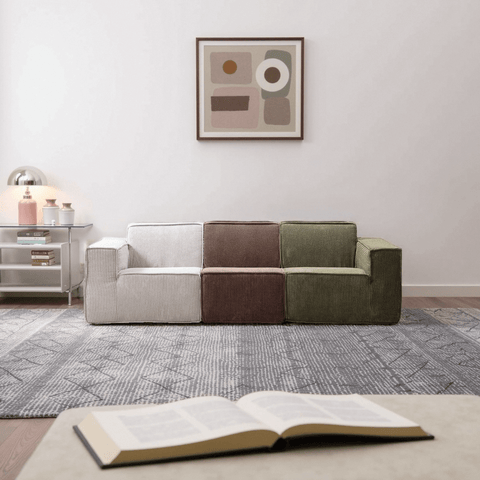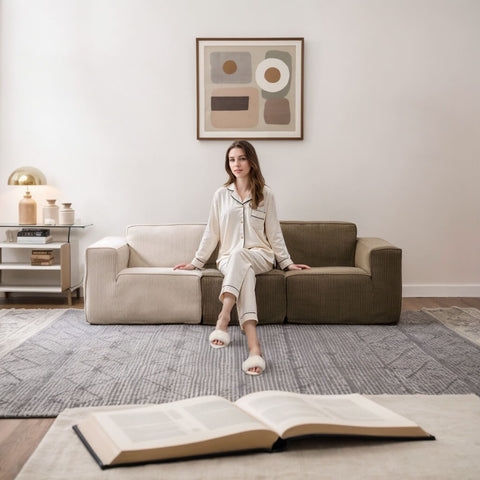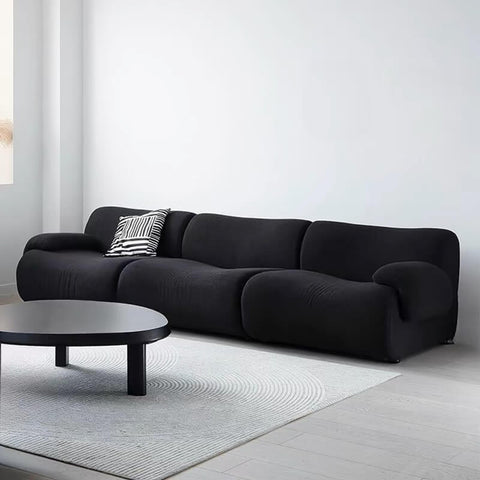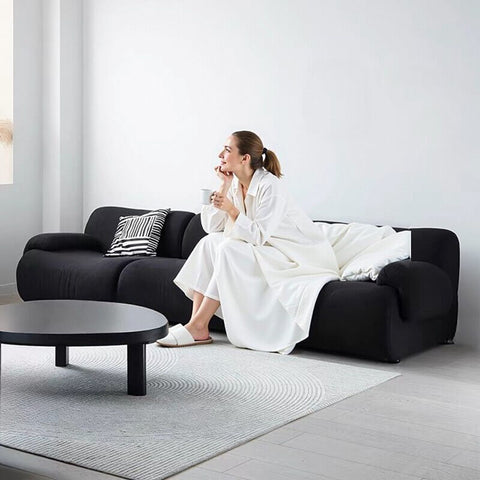Is Sleeping in a Recliner Healthy? Benefits, Risks, and Pro Tips You Need to Know
If you’ve ever scrolled through TikTok or Googled “best sleep hacks,” you’ve probably seen debates about sleeping in a recliner. Is it a genius hack for back pain or a hidden health risk? From viral videos to late-night searches, people are curious. Let’s break down the real benefits, risks, and how to do it safely—so you can decide if recliner life is right for you.
Why Are People Obsessed with Sleeping in Recliners?
Recliners aren’t just for binge-watching Netflix. For many, they’re a secret weapon for better sleep and pain relief. Here’s why:
✅ Bye-Bye Acid Reflux
Elevating your head and torso helps gravity keep stomach acid where it belongs. No more midnight heartburn! Studies show this position reduces symptoms better than piling pillows on a flat bed.
✅ Sleep Apnea Relief
Struggling with snoring or breathing interruptions? A 30-degree incline can keep airways open, cutting sleep apnea episodes by up to 65% (2021 study alert!).
✅ Back Pain? Not Tonight
Reclining takes pressure off your spine and lets tight muscles relax. Add a lumbar pillow, and it’s like a DIY chiropractor session.
✅ Happy Legs, Happy Life
Elevating your legs boosts circulation, reduces swelling, and lowers risks of varicose veins or blood clots—perfect for desk warriors or anyone with restless legs.
✅ Easy In, Easy Out
For seniors or folks with arthritis, recliners offer leverage to sit or stand pain-free. No more wrestling with a mattress!
But Wait—Is There a Dark Side?
Before you ditch your bed for good, consider these risks:
⚠️ “Why Am I Still Tired?”
Sleeping too upright can disrupt REM cycles, leaving you groggy. Your body needs movement between sleep stages for true rest.
⚠️ Neck Cricks & Back Twists
Slouching or curling up in a recliner can strain muscles. Poor alignment = next-day stiffness.
⚠️ Sleep Apnea Surprises
While a slight incline helps, sitting fully upright might let throat tissues collapse more, worsening breathing issues for some.
⚠️ Lungs Need Space
Reclining upright limits rib expansion, reducing oxygen intake. Not ideal for long-term respiratory health.
⚠️ Blood Clot Alert
Legs-up positions are great—until blood pools in your veins. Inactivity + elevation = higher clot risk (yikes!).
Pro Tips to Sleep Safely in a Recliner
If you’re giving it a try, optimize your setup:
🔥 Perfect Your Angle
Aim for a 30-45° recline. Knees slightly below hips, spine straight—no slouching!
🔥 Pillow Power
Support your neck, lower back, and knees with memory foam or wedge pillows.
🔥 Mix It Up
Alternate nights between bed and recliner to avoid stiffness.
🔥 Move Every 2 Hours
Set a phone alarm to stretch and readjust. Your future self will thank you.
🔥 Stretch AM Routine
Wake up with gentle neck, shoulder, and hip stretches to undo any tightness.
🔥 Ask Your Doc
Always chat with a healthcare pro first—especially if you have chronic issues.
FAQ: Your Burning Questions, Answered
Q: Can I sleep in a recliner every night?
A: Short-term? Maybe. Long-term? Consult a doctor. Balance is key!
Q: Best recliner for sleep?
A: Look for adjustable angles, lumbar support, and breathable fabric.
Q: Will it fix my back pain?
A: It can help temporarily, but chronic issues need a full treatment plan.
The Verdict
Sleeping in a recliner isn’t a one-size-fits-all solution, but it’s a game-changer for some. Use it strategically for acid reflux, back pain, or better breathing—but don’t skip the doctor’s advice. Pair it with a good mattress, and you’ll be trending toward healthier sleep in no time.
Got tips or horror stories? Share your #ReclinerSleepHacks below!

